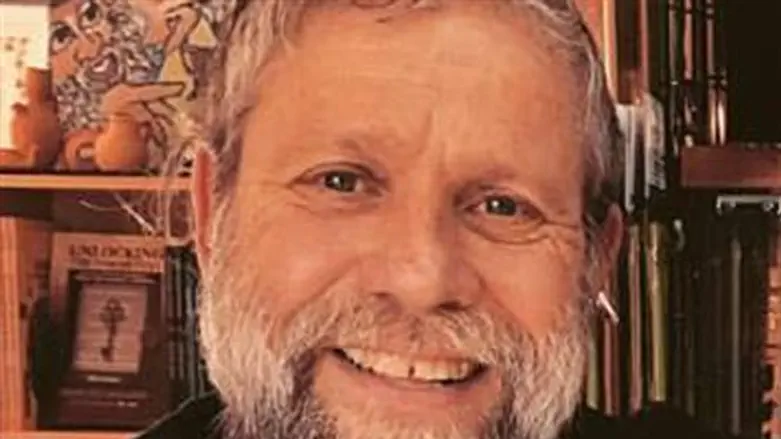
We read in the Torah portion of Emor a long list of extra stringencies and restrictions that are commanded to the High Priest and the other Kohanim . All those stringencies are meant to designate and elevate these Kohanim, representatives of elevated worship and cleaving to the Divine..
These commandments and restrictions demanded a deep sense of sacrifice and commitment from each and every Kohen. Their physical stature, health and wholeness was explored. There were restrictions on how they were to deal with marriage, life and death.
As a result of the heightened level of expectations we read the following: “And Hashem said (VaYomer) to Moshe: Speak (Emor) to the Kohanim,the sons of Aaron, and say (VeAmarta) to them: Let none of you defile himself for a dead Soul (Nefesh) among his people” (Leviticus 21:1).
It is interesting to note that the Torah portion begins with the repetitive use of derivatives of the word VaYomer (he spoke). Throughout the Torah we had been accustomed to reading the words VaYidaber Hashem (and G-d told) “ Our Sages tell us that the difference between “Vayomer”(he spoke) and “Vayidaber” (he told) is that the latter is a harsher type of speech, while the former is much softer and is a much more compassionate form of speaking.
It is His more compassionate form of speech that is being used because Hashem knew that He was asking them to accept upon themselves great limitations and requirements. Hashem compassionately is asking the Kohanim to step out of themselves and to become a metaphor, to become a statement. He is asking His Kohanim to relinquish some part of themselves in order to accept these further restrictions
So Hashem does so with the use of the word VaYomer, a form of speaking filled with compassion.
It is that understanding that will also give us a deeper insight into the creation of our reality, our world.
Hashem spoke the world into being.
His choice of words therefore is very significant.
“And G-d said (VaYomer) , 'Let there be light,' and there was light" (Genesis 1:3).
The use of the word VaYomer occurs throughout creation. The creation of the world was facilitated by the Aseret (ten) Maamarot, a noun with the same root as VaYomer, ten compassion-filled expressions of creation.
The ten statements or commandments at Mount Sinai are called the Asseret Hadibrot. At Mount Sinai Hashem was revealing the framework of living a life connected to him and a means of revealing His presence in this world
At Creation, He was creating a reality that would be a mix of the hdden and the revealed, clear vision and clouded perception.
At Mount Sinai, Hashem’s declaration were concise, clear and almost matter of fact. At Creation Hashem spoke our complex reality into being with the compassioned VaYomer quality of speech.
Hashem’s created reality is rife with challenges and clouded perception. This is clearly the world Hashem intended.
Moshe asks Hashem what name he could use to describe Him: “And they say to me, 'What is His name?' what shall I say to them?”( Exodus 3:13). Moshe was asking to receive a deeper understanding of Hashem’s most inner quality.
Hashem answers: "This is My name forever (LeOlam), and this is how I should be mentioned in every generation."( Ibid:15). The word used for "forever", LeOlam, is not spelled in the regular fashion as it is missing the letter VAV.As a result can then also be read as LeAlem – to be hidden.
That is to say, Hashem created a world where He is hidden until he is sought after. That aspect of hiding is one of the difficult challenges of our spiritual walk.Yet it is a critical aspect of faith coming out of free choice.
It is for that reason that when Hashem spoke that reality into being, He did so using the more compassionate Hebrew word VaYomer. “And G-d said (VaYomer) , 'Let there be light,' and there was light.(Genesis 1:3) .
The light is hidden amd must be sought.
LeRefuat Kol Hacholim. Lerefuat Yehudit Bat Golda Yocheved and Yehudit bat Chaya Esther.
Moshe Kempinski, author of "The Teacher and the Preacher", is the editor of the Jerusalem Insights weekly email journal and co-owner of Shorashim, a Biblical shop and learning center in the Old City of Jerusalem.
